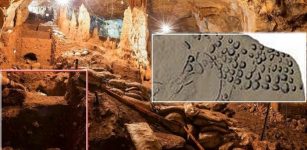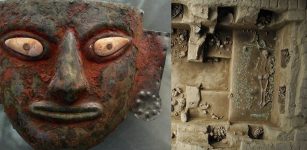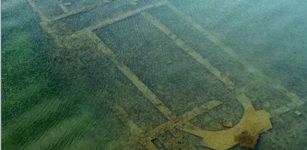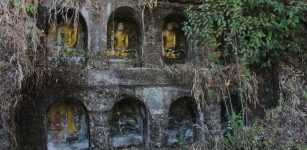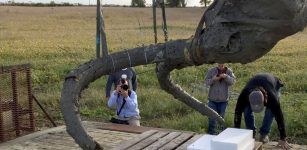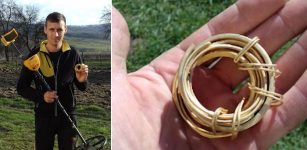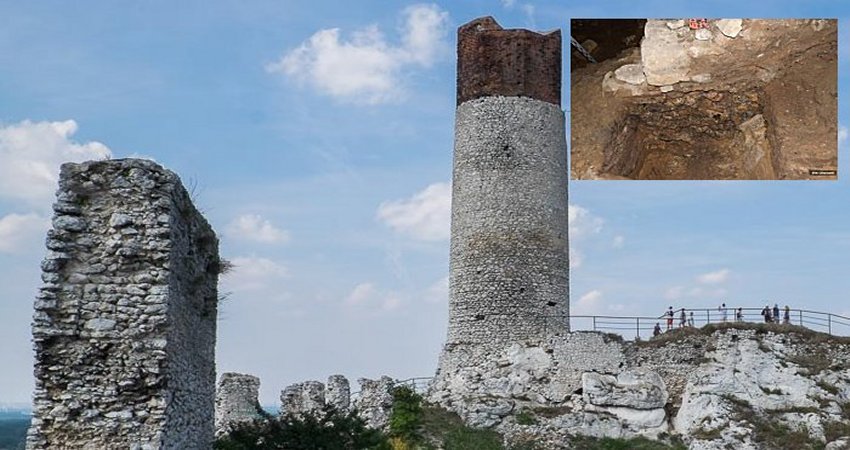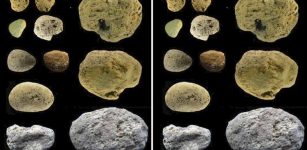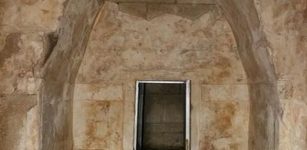Previously Unknown Anglo-Saxon Cemetery With Rare Coffins Discovered In Norfolk
MessageToEagle.com – Anglo-Saxon cemetery has been discovered in the valley of the River Wensum at Great Ryburgh in Norfolk.
Previously unknown burial site contains rare ‘plank-lined’ graves and tree-trunk coffins dated back from the 7th-9th century AD and remarkably well-preserved due to the waterlogged conditions of the river. Usually, Anglo-Saxon coffins seldom survive because wood decays over time.
“The combination of acidic sand and alkaline water created the perfect conditions for the skeletons and wooden graves to survive, revealing remarkable details of Christian Anglo-Saxon burial practices,” James Fairclough, Archaeologist from MOLA explained.
Archaeologists have revealed evidence that this may have been the final resting place for a community of early Christians, including a timber structure thought to be a church or chapel, of which there are few examples from this period.
The wooden grave markers, east-west alignment of the coffins and the evident lack of grave goods all support the Christian origins of the cemetery. The 81 dug-out coffins discovered comprise oak trees split in two length-ways and hollowed out. This type of coffin is first seen in Europe in the Early Bronze Age and reappears in the early medieval period.
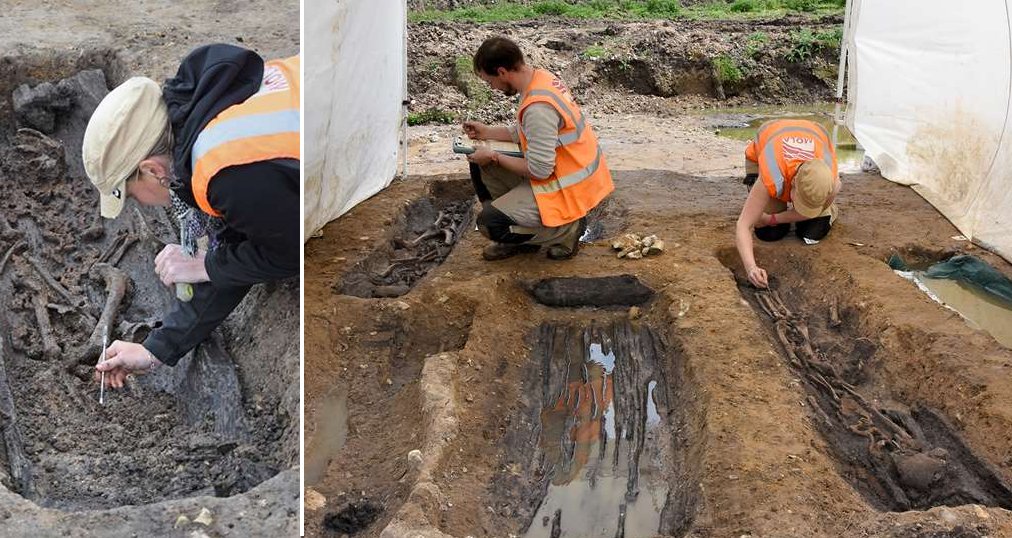
The burials, in hollowed out logs, were positioned in the lower half and the upper half rested on top to form a lid. Although they aren’t decorative, it would have taken considerable effort to hollow a single coffin, an estimated four man days. The fact that evidence for similar burial rites is also found in earlier cemeteries may signify the blending of pagan and Christian traditions.
The six plank-lined graves, which are believed to be the earliest known examples from Britain are very rare.
According to Duncan Wilson, Chief Executive of Historic England, these “exceptionally well-preserved graves are a significant discovery, which will advance our understanding of Middle-Saxon religious beliefs and rural communities.
“This cemetery has been revealed because under the current system, archaeological surveys are required before work on a sensitive site starts,” he said.
“This site has immense potential for revealing the story of the community who once lived there.”
The graves were cut into the ground, lined with expertly hewn timber planks, the body placed inside and planks positioned on top to form a cover. The relationship between the two burial types is not fully understood, but may denote an evolution in burial practices. Tree ring dating is being undertaken to date the timber.
This discovery is very important because it sheds light on a previously unknown religious site and early Christian rural community. Continued research and scientific testing, in the form of ancient DNA, stable isotope and dental calculus analysis, will help to learn much more about the people buried.
MessageToEagle.com
Expand for references

